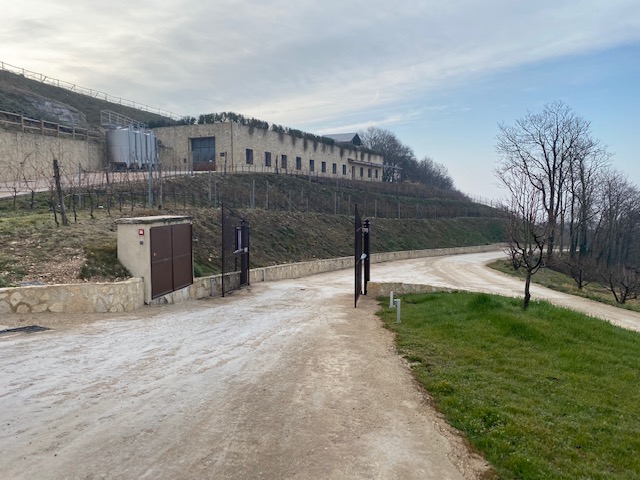Long-term stabilization is possible, even while reducing construction time, materials and maintenance the natural way.
Moisture is the enemy. It weakens and breaks apart clay and silt road foundations. Midwest NaturalPave Intresoil is the antidote. It increases bearing and shear strength, stabilizing the problematic material (which means the thickness of the treated layer or overlying pavement layers can be reduced). Best yet, Intresoil is a permanent treatment that will not leach out.
The extra costs associated with potential damage compels a careful process that minimizes or eliminates this risk. In areas where swelling (also known as “expansive soils”) is likely, laws may require soil testing prior to construction. Swelling potential indicates the degree of expansion when the soil is wetted, while swelling pressure indicates the amount of pressure the wet soil exerts on an adjacent solid object.
When expansive soils become wet and expand, damage such as cracking and heaving of the road surface can occur. The risks associated with expansive soils can be significantly reduced through best construction practices like proper ground preparation, to decrease the tendency of soils to swell when wet by changing the clay chemistry and mineralogy to make it less expansive.
“It’s shrinkage!”
A cycle between two problems converge to create a larger problem:
PROBLEM 1: Swelling — Positive water molecules attach to clay, pushing the particles apart.
PROBLEM 2: Shrinking — When the clay dries out, cracks form on the surface.
COMBINATION PROBLEM: As these two issues happen in a cycle, this combines to weaken the road foundation.
Why does this happen? The inherent chemistry of the material. Clay is a natural material composed primarily of fine-grain minerals, in fact the finest of soil particles. Its tiny particles have plastic and adhesive properties, as well as small voids and pores that may retain water. In this condition, it tends to expand and shrink, which can lead to settlement, cracking, rutting, heaving and other forms of costly deterioration.
Clay has a high dry strength, but low strength when too much water is present. Due to its minimal permeability, water has difficulty flowing through the tight pattern created by the individual particles, causing it to soften, liquify and loosen.
THE SOLUTION TO PROBLEM 1, 2 AND THEIR COMBINATION
Midwest NaturalPave Intresoil changes the clay chemistry and mineralogy, making it less expansive and serving as proactive ground preparation prior to road construction. The name is based on “intra,” which means within or inside (such as intravenous), symbolizing how Intresoil works within the soil structure for fundamental and lasting performance improvement. This is also known as enhancing the engineering quality of the clay foundation, crucial because a better foundation means a stronger surface.
NaturalPave Intresoil reduces both swelling and shrinking by altering the ion exchange capacity of the clay to reduce the negative charge of the clay. Absorbed water is removed; density is maximized; and compaction is increased. Less effort is needed for compaction and to create a long-term stabilized subgrade or expansive soil layer that prevents water re-absorption.
A chemical bond between Intresoil’s active ingredient and the surface of the clay particles repels water so it is not absorbed. Water moves freely, evaporation is promoted, and drainage is improved, to enhance performance and longevity. Additionally, traffic can be allowed on the treated surface immediately following the final compaction, thus densifying the treated layer to increase its bearing capacity.
Midwest’s NaturalPave Intresoil is ideal for stabilization projects where importing aggregate is costly and impractical, lime and cement is too expensive, and when in-situ material is:
poor and unsuitable for construction | highly susceptible to moisture infiltration | significantly affected when saturated | contains a high percent of clay





